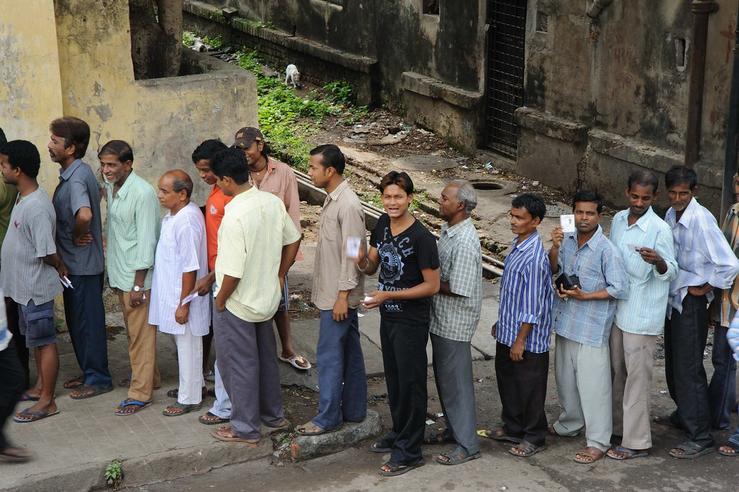The News
India’s GDP grew by 8.2% in the fiscal year that ended in March, according to data published Friday, in a boost to Prime Minister Narendra Modi just hours before polls close in the country’s six-week-long election that he is expected to win.
The economy expanded at the rate of 7.8% in the final quarter, beating the government’s forecast of 5.9% and setting the stage for India to be the world’s fastest-growing major economy this year. The Managing Director of Operations for the World Bank told CNBC in February that India would need to maintain an annual growth rate of around 8% to realize its ambition of becoming a high-income developed nation by 2047.
SIGNALS
Euphoria over India’s growth hides deeper problems
India’s GDP measurement can mask the weaknesses of its giant informal sector, The Wall Street Journal wrote. Private consumption — the biggest GDP driver — grew at a slower rate than pre-pandemic levels, while optimism in the economy isn’t resulting in more investment, an economist said. “You have a booming economy for people higher up on the socioeconomic ladder, but people lower down are really struggling,” the director of the South Asia Program at the Carnegie Endowment for International Peace told the Associated Press. Slow wage growth, high interest rates, and heavy borrowing have weakened more than 300 million families’ spending power, which drives 70% of GDP, argued Bloomberg columnist Andy Mukherjee.
India has ‘anemic job creation’
The hype over India’s economic prospects ignores a problem that is 75 years in the making: “Anemic job creation,” Ashoka Mody, a former International Monetary Fund economist, argued in Project Syndicate. Policymakers have offered only gimmicks in response to this fundamental developmental deficit, he wrote, and should instead offer investments in human capital. India’s jobless growth tends to hurt women in particular, who are facing “increased exploitation, poor working conditions, lack of mobility, and higher risk of violence,” a columnist for the India Development Review said. Creating more productive employment opportunities should be a top priority for the next government, The Indian Express wrote in a recent editorial.



